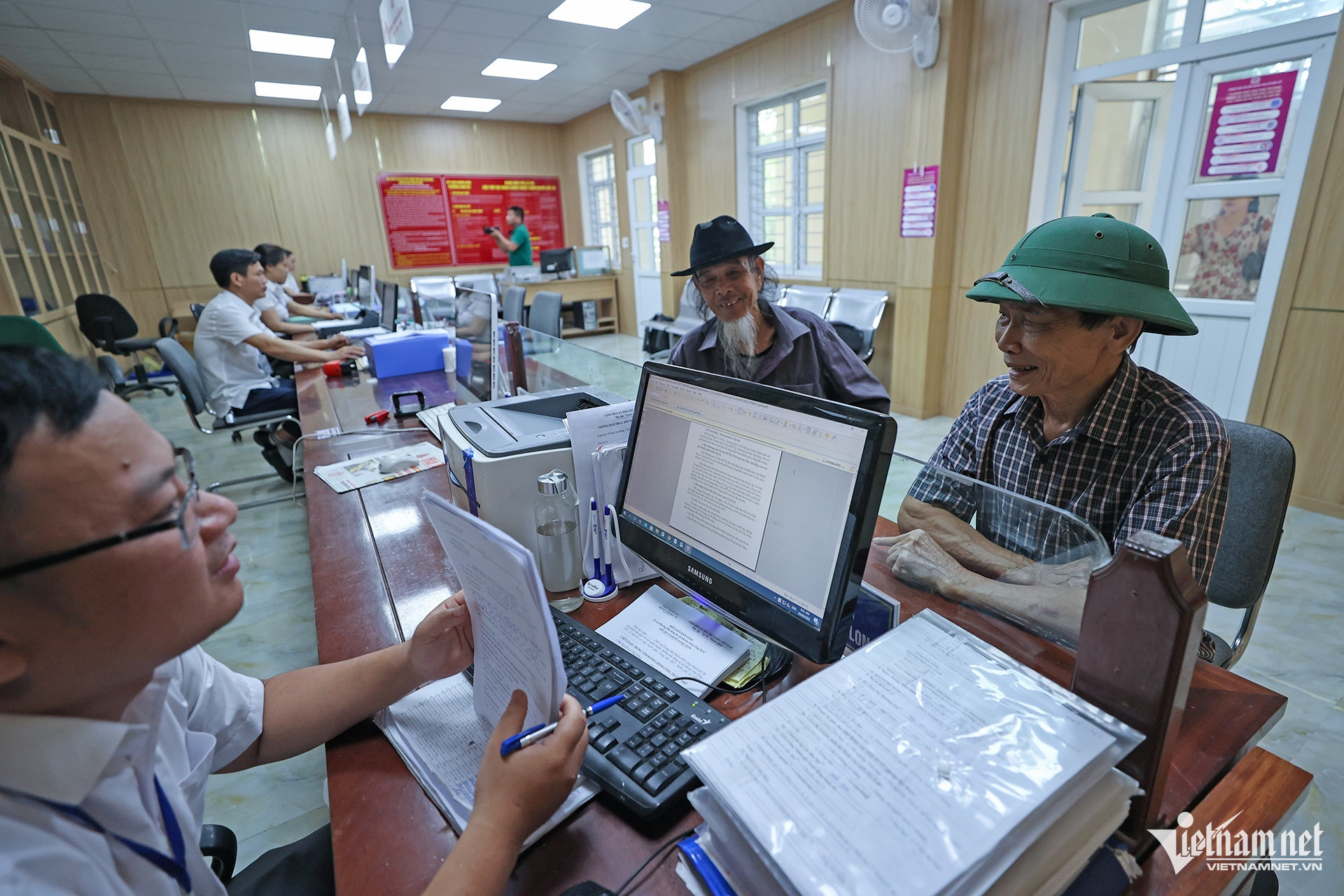
The Steering Committee for Administrative Unit Reorganization and Local Two-Tier Government Model has issued guidance to city and provincial Party committees on tasks for restructuring administrative units.
For local commune-level government (communes, wards, special zones), the Committee outlined a structure including a People’s Council and a People’s Committee.
The People’s Council will have two boards: the Legal Affairs Board and the Socio-economic Affairs Board. The People’s Committee will establish up to four offices or equivalents, suitable to urban, rural, or island contexts: the Office of the People’s Council and Committee, the Economics Office (for communes and special zones) or the Economics, Infrastructure, and Urban Office (for wards and Phu Quoc special zone), the Culture-Social Affairs Office, and the Public Administrative Service Center (designated as another administrative body under the commune-level Committee).
No more than 40 staff for non-rearranged communes
The Steering Committee assigned provincial People’s Committees to determine the number of specialized agencies under commune-level Committees (not exceeding four offices or equivalents). If a locality organizes fewer than three specialized agencies, it may appoint one more Vice Chair of the People’s Committee.
For communes unchanged by mergers, localities will decide the number of specialized agencies under the People’s Committee based on reality or opt not to establish such offices (except existing Council boards). Instead, professional staff will be assigned directly to specific roles.
If no specialized offices are set up under the commune-level committee, provincial committees will decide to increase staff quotas beyond current commune-level allocations to handle new tasks transferred from counties.
The projected staff quota is up to 40 officials and civil servants, prioritizing those handling Party building, Vietnam Fatherland Front activities, socio-political organizations, and government duties.
For island counties or cities with subordinate communes, when merged into special zones, commune-level units will cease operations. Existing specialized agencies of island counties or cities will remain temporarily, pending new government guidelines.
Regarding titles, the Committee says the commune-level people’s council leadership will comprise one Chair and one Vice Chair. The People’s Committee leadership includes one Chair and two Vice Chairs (one also serving as Chief of the Council and Committee Office, the other also serving as Director of the Public Administrative Service Center).
Council boards will have one Head and one Deputy Head. The divisions and equivalents of the People's Committee have one head (full-time position or concurrently held by the Vice Chair of the People's Committee) and one deputy.
For unchanged communes without specialized offices, an additional Vice Chair may be appointed to ensure effective leadership in serving residents and businesses.
32 staff per commune
All county-level staff will be reassigned to communes, with current county political system leaders forming the core of new commune units. Additional provincial staff may be deployed to communes.
The Steering Committee requires maintaining current county and commune staff quotas for commune assignments, while reviewing and streamlining personnel to improve quality and meet tasks. Within five years, staffing must align with regulations.
The projected average staff per commune is about 32 (excluding Party and mass organization sectors).
Regarding the staffing of public service units, localities are responsible for arranging the staffing quota for civil servants receiving salaries from the budget within the total staffing assigned by competent authorities.
Communes and wards will phase out non-professional part-time workers by August 1.
Many readers have emailed VietNamNet, raising questions about the staffing for commune-level units. Thach Lam wonders why the number of commune officers is restricted to 32 and how many commune-level officers exist. Is this enough for existing commune staff plus those transferred from counties? If layoffs happen, it will be tough for commune officials who’ve worked hard for low pay for years.
Meanwhile, Cao Duc Phong questioned the transfer of some county staff to provinces instead of communes. This could lead to overstaffing. Streamlining might disadvantage commune officials. Districts and counties might “compete” for commune and ward quotas again.
Vo Hai Son warned that once 100 percent county officers are sent to communal units, the number of communal officers will be very high. County officials often have better credentials, so if streamlining happens, will commune officials lose out?
In general, VietNamNet readers believe that the best principle to re-position officers is to select those who can fulfill their tasks, because county officials are not necessarily better than commune ones.
Tran Thuong